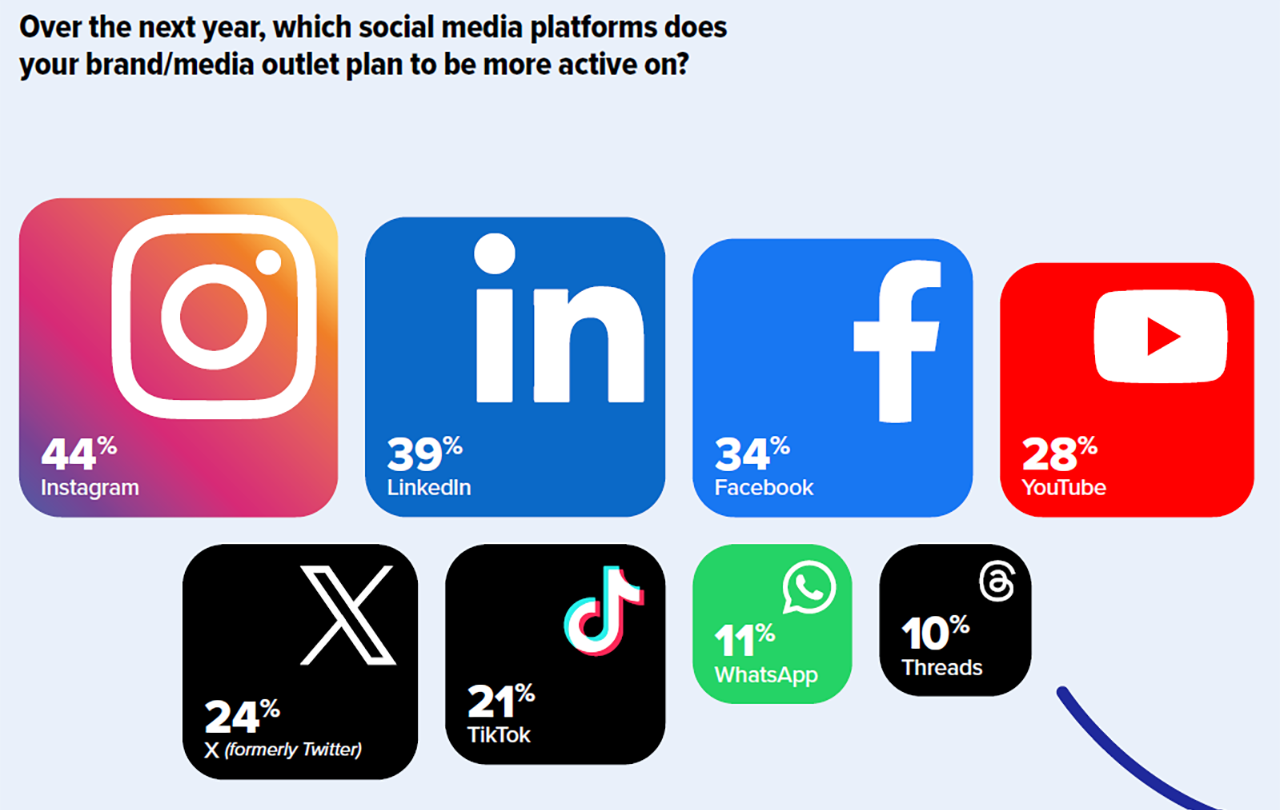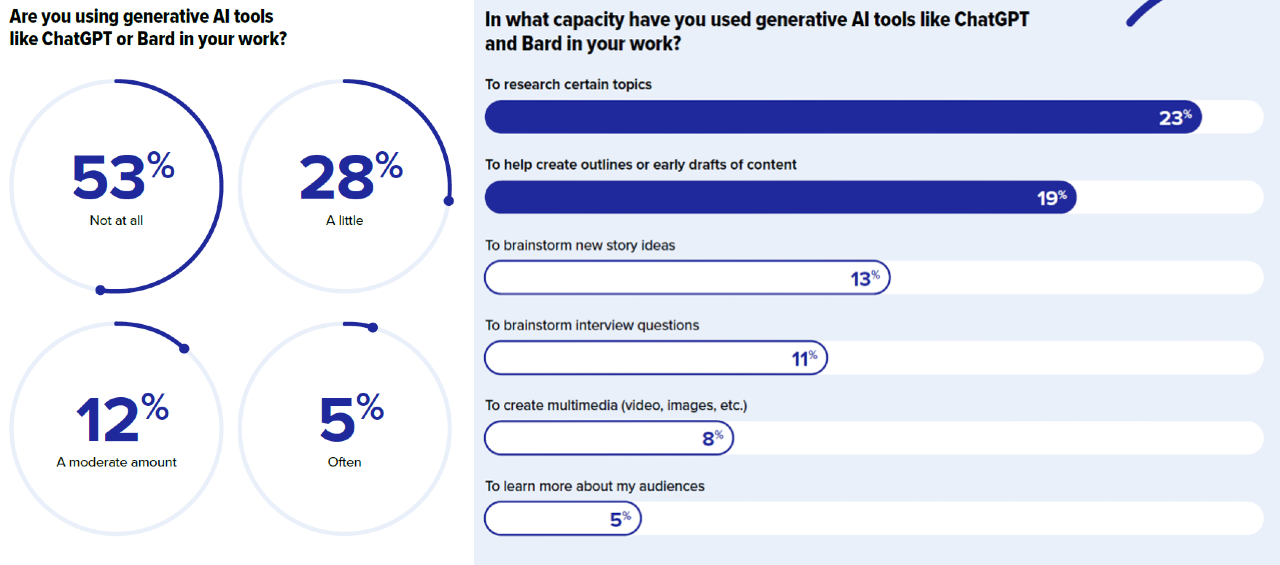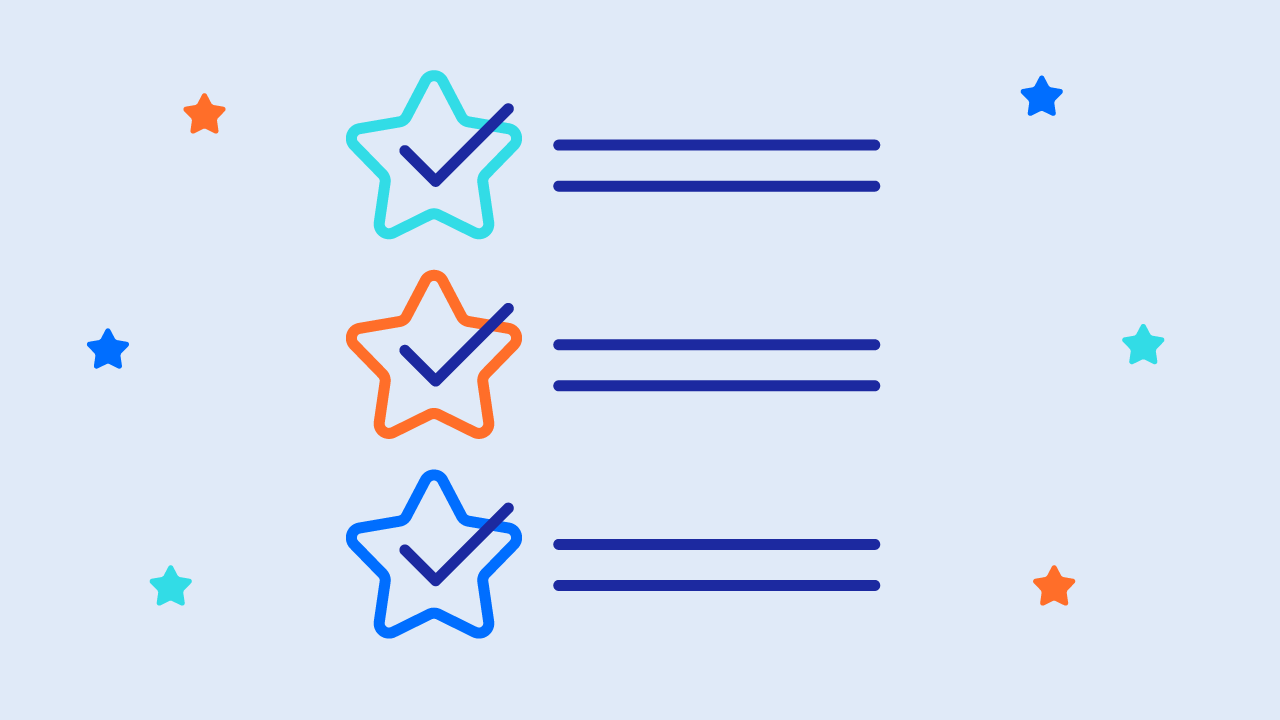“I have found that PR professionals have been incredibly helpful when it comes to my day-to-day job. I wake up every morning with about 50 to 200 emails from PR people pitching me different story ideas,” said Megan Ulu-Lani Boyanton, Neighborhoods Reporter at The Denver Post, during Cision’s recent webinar, Understanding Today's Media: Industry Insights from Top Journalists.
Boyanton joined Manori Ravindran, London Correspondent for entertainment outlet The Ankler, and Carrie Parker, Chief Marketing Officer at Brandwatch and Cision, to discuss that vital PR/journalist partnership and the current and future state of media relations, based on the findings from Cision’s recently released 2024 State of the Media Report.
The panel touched on the biggest challenges facing journalism today, the impact of social media and artificial intelligence (AI) on the industry, and what it all means for their profession going forward.
While we encourage you to watch the full conversation (now available on demand), we’ve assembled some of the biggest takeaways and best lessons for PR and communications teams from that conversation here.
Journalists Strive for Credibility Amid Audience Behavior Challenges
In this year’s survey, journalists indicated their biggest challenges were maintaining credibility and adapting to changing audience behaviors around media consumption.
As Boyanton noted, with 2024 being an election year, trust and credibility for the media are under scrutiny more than ever before. “Journalists are trying very hard to be unbiased presenters of news, trying to present all sides and let the audience take away what they will from a story,” she said.
“It seems that no matter what side of the political spectrum you're on, there's a little bit of suspicion from our audience members on what the angle of certain stories is. We're trying to present neutrality on issues and talk about Republican, Democratic, and independent viewpoints to our audience.”
“Journalists are trying very hard to be unbiased presenters of news, trying to present all sides and let the audience take away what they will from a story.”
For Ravindran, the change in how audiences consume content has been noticeable, particularly as she has recent experience as both a staffer and freelance journalist. Her current role at The Ankler, which uses Substack as its main subscription publishing platform, has prompted her to think more about how brands reach their readers. “In the last few years, we are seeing this rapid change [in how content is consumed],” she noted. “Where are people reading the work?”
Ravindran added that her articles on The Ankler can only be partially viewed, with a subscription needed to read the complete text. “When people can’t automatically read what you’re writing, it’s really difficulty to think how they are going to engage with this content if they can’t afford a subscription,” she said. “That’s been something I’ve had to think about a lot, and really leverage social media in ways that I hadn’t previously.”
Social Media Shifts to LinkedIn and Instagram
In this year’s State of the Media survey, 97% of journalists indicated they used social media for their work in some form, such as to promote content or source information.
When asked which social media platforms their brands planned to be more active on, the most popular response was Instagram (named by 44%, ahead of LinkedIn and Facebook).

That’s something that resonates with our panelists: Ravindran admitted that she has cut back on her X (formerly Twitter) usage to focus primarily on LinkedIn and Instagram. “LinkedIn [is important for me] because in the trade world, where you’re reporting on a specific industry, it's a really good direct line to that industry,” she explained. “I wouldn’t say I share everything that I’m writing on LinkedIn, but I do find, for certain stories, the engagement is extraordinary.”
Ravindran also spoke about using Instagram to share more personal posts that relate to her work, such as the recent movies and TV she has watched. “It’s been a really great way to connect with PR contacts, sources, or other journalists,” she said.
Though Boyanton doesn’t have a public profile on Instagram or TikTok, she did reveal that both platforms are useful for reaching people for comment. She cited an example of contacting influencers via direct message to get comments on local restaurants.
As a local journalist, Boyanton has found social media helpful in getting her Denver Post stories seen by an international audience. “When you use the right hashtags, or you're tagging the appropriate sources that you used in that article, I found that it really gets to a new pair of eyes,” she said.
There’s also useful information for reporters to be found on Facebook, Boyanton added. Especially when it comes to breaking news. “Sometimes in Colorado or in different regions, the police departments, the town municipalities, they will use Facebook first to post their press releases versus uploading them to their websites,” she noted.
Journalists Remain Skeptical Around Artificial Intelligence
In this year’s State of the Media, 1 in 4 journalists named AI as a top challenge for the journalism industry. However, nearly half revealed they are leveraging the technology in various ways – 23% are using it for research, while 19% utilize it to help create outlines or early drafts of content.
Both Boyanton and Ravindran expressed their reservations about using AI-generated content in journalism due to worries about accuracy and authenticity.
“As journalists, we’re taught that the cardinal sin is plagiarism,” said Boyanton. “I think that AI's still too underdeveloped and unreliable as a tool for us to really lean into it.” She referenced an article-writing experiment with ChatGPT that “hallucinated” false information about a restaurant mentioned in the copy as one example of AI’s challenges.
"We have a policy of not using AI to write articles,” she said. "I think that's what we're going to see more commonly in newsrooms if they are trying to protect the integrity of their writing.”
Ravindran voiced her concerns about AI potentially replacing entry-level reporter jobs, saying: “Even writing up those basic press release stories, that's essential when you're new to the industry, and you're trying to understand how everything works.
“It's important to get on the phone with the PR and get extra clarity if you don't understand something. You need to do that grunt work to learn – and so I slightly worry that if we're just relegating a lot of that work to AI, we're doing a disservice to young journalists coming in who do need to put in the time and do that work.”

5 PR Tips for Getting Journalists’ Attention
To close out the conversation, Parker asked the panelists for some final pieces of advice they have for PR and communications professionals trying to build relationships with journalists. Below is a summary of their answers.
- Read the outlet. Read the work. “I just think it's very obvious when you get a pitch where someone just has no idea what the outlet really covers or what its identity is,” said Ravindran “Just know your reporter.”
- Be available. When working on time-dependent stories, Boyanton will often need to work with PR professionals on very tight deadlines. “If you send me a pitch and I move on it, we may need to work quickly,” she said. “I need the preparedness from the professional that I'm working with to say ‘Okay, I'm ready.’”
- Schedule pitches for the relevant time zone. “When you're working with reporters in different time zones, make sure that you can schedule-send your pitches,” said Ravindran. Working with film and TV publicists globally, The Ankler’s London-based correspondent said that emails she gets sent overnight can get lost when she logs in the next morning.
- Don’t pitch during busy periods. Ravindran said that industry events or conferences can mean “your regular life stops, you’re all the about the festival and any pitch is not of interest.” Wait until the event is over before pitching. (Note: you can plan accordingly with our PR Content Calendar.)
- Personalize and localize. Relevance is critical for local reporters like Boyanton. “If you send me an email, and it's a top five list of some phenomenon, and Colorado isn't there, then I'm probably going to delete it,” she noted “I need something that has relevance to my locality.”
For additional State of the Media reading on journalists, check out these resources:
- 5 Biggest Challenges Journalists Face Today
- How to Win Over Journalists and Improve Your Earned Media
- How to Create the Perfect PR Pitch, According to Journalists
- 2024 State of the Media Report: By the Numbers
To hear the full webinar conversation and gain more insights, watch the full webinar on demand.
For more insights from our survey of over 3,000+ journalists worldwide, read the 2024 State of the Media Report.








